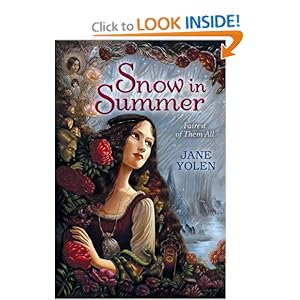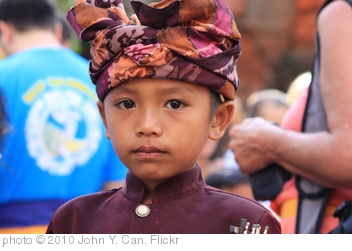
Wild Swans is the story of three generations of a Chinese family during the rise of Communism, and Mao Tse Tung, and the Cultural Revolution. Jung Chang’s grandmother was a concubine to a Chinese general. She had her feet bound as a child in the traditional Chinese way. But her daughter, Chang’s mother came of age during the conflict between the Nationalist Chinese under Chiang Kai-shek the Communist idealists who followed guerrilla leader Mao Tse-tung. The Changs, mother and father, became dedicated Communists who believed in Chairman Mao and the ideals of the Communist Party without question. True believers, Jung Chang’s parents endured great suffering and hardship for the sake of changing Chinese culture and society into a Marxist Communist paradise. Because she was taught the virtues of communism under Mao and the evils of a capitalist society, Jung Chang came to share their philosophy and to idolize Chairman Mao and his Little Red Book. But eventually, it all came crashing down when Chang’s own family became the persecuted instead of the persecutors during the Cultural Revolution.
“The whole nation slid into doublespeak. Words became divorced from reality, responsibility, and people’s real thoughts. Lies were told with ease because words had lost their meanings—and had ceased to be taken seriously by others.”
The state of China in 1958, from Wild Swans by Jung Chang
It was horrible, yet instructive, to read about an entire society gone mad in twentieth century China and about how slowly and subtly a utopian ideal can become a nightmare, especially with a power-hungry madman in charge. It happened in Russia with Stalin, in Cuba with Castro, in Venezuela with Hugo Chavez and Maduro, and in China with Mao. From 1958 to 1962, Mao’s Great Leap Forward policy led to the deaths of up to 45 million people in a famine that starved people throughout China. The Cultural Revolution that followed in the late 1960’s killed somewhere between 500,000 and two million people. The number of people who didn’t die but suffered great injury and trauma under Mao’s Communist rule is literally incalculable. Jung Chang’s Wild Swans brings the story of this historic horror down to an understandable but terrible story of one family. The book shows how the first generation suffered in the political corruption and prejudice against women that characterized Chinese culture before Communism, how the second generation came to idolize Mao as the embodiment of their dreams of a socialist paradise, and how Jung Chang herself and her siblings, the third generation, paid the price for their own and their parents’ mistaken ideals.
I think everyone should read this book or another book that shows the true story of what can happen in an authoritarian society run by a charismatic but evil ruler. “Mao hoped his movement would make China the pinnacle of the socialist universe and turn him into ‘the man who leads planet Earth into communism.'” Instead, he became the bloodiest dictator the world has yet known. Some other accounts of twentieth century China, the Great Leap Forward, the Cultural Revolution, and the aftermath of the late twentieth century.
- Red Scarf Girl by Ji-li Jiang. Middle school/high school account of the experiences of one girl, twelve years old when the Cultural Revolution began.
- China’s Long March by Jean Fritz. Describes the events of the 6,000 mile march undertaken by Mao Zedong and his Communist followers as they retreated before the forces of Chiang Kai-shek.
- Blood Letters: The Untold Story of Lin Zhao, a Martyr in Mao’s China by Lian Xi. Not the best written book, and definitely for adults. The title pretty much sums up this harrowing and true story of a Catholic girl martyr.
- Sparrow Girl by Sara Pennypacker. This picture book manages to tell about the backward disaster that Mao’s Great Leap Forward precipitated without being unnecessarily traumatic for young readers. Based on real events in China, when Chairman Mao ordered the people to kill all of the sparrows because they were annoying and stealing too many seeds.
- Revolution Is Not a Dinner Party by Ling Chang Compestine. Nine year old Ling, the daughter of two doctors, struggles to make sense of the Cultural Revolution. Young adult to adults.
- Little Leap Forward: A Boy in Beijing by Guo Yue. In Communist China in 1966, eight-year-old Leap Forward learns about freedom while flying kites with his best friend, by trying to get a caged wild bird to sing, and through the music he is learning to play on a bamboo flute. A gentle introduction to this difficult period of history for younger children.
I’ve not read any of the mostly adult books on these lists, but I’m interested in pursuing at least some of them.
The best books on the Cultural Revolution.






